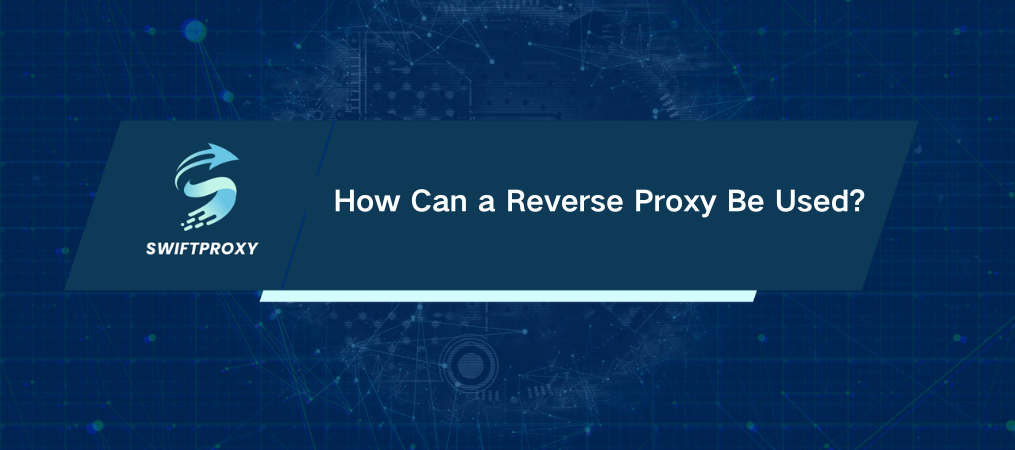How Can a Reverse Proxy Be Used?

If you want to understand the uses of a reverse proxy, visit our blog for detailed information on why, how, and when to implement it. A reverse proxy acts as an intermediary server between client devices and web servers, managing client requests and directing them to the appropriate server. Explore our content to learn more about its benefits and applications.
In-Depth Uses of a Reverse Proxy
· Security Protection
A reverse proxy enhances web server security by hiding their real IP addresses. This prevents attackers from targeting the origin servers directly, making it more difficult for them to breach the servers. Instead, any attacks are directed at the reverse proxy, thereby protecting the origin servers from direct exposure and potential threats.
· SSL Encryption Handling
Encrypting and decrypting SSL connections can be a demanding task for the origin server. To alleviate this burden, the reverse proxy can handle the encryption and decryption of incoming and outgoing SSL requests. This way, the origin server can focus on its core functions with a reduced processing load.
· Balancing Server Load
A single origin server can become overwhelmed by the high volume of requests from a popular website. To address this, a reverse proxy can distribute incoming traffic across multiple servers. This load balancing ensures that no single server is overloaded, supports the continuous operation of the origin server, and enhances the overall user experience.
A reverse proxy can enhance connection speed by being deployed in various global locations. This setup directs users to the nearest server, which optimizes speed and ensures faster page loading times.
· Content Caching
Caching minimizes server load times and boosts user experience by storing frequently accessed data. Reverse proxies offer this capability, enabling websites to capture and reuse previously retrieved information, which speeds up content delivery and reduces the need for repeated data requests.
For example, when a user in the United States visits a website hosted in the United Kingdom with a reverse proxy, the connection first goes through a local reverse proxy server in the U.S. This server caches the response from the U.K. server. Consequently, other users in the U.S. can access the website through this cached data, bypassing the need to repeatedly connect to the main server and thus reducing load times.
Common Misconceptions About Reverse Proxy Servers
Here are some common misconceptions about reverse proxies:
A reverse proxy guarantees complete server stability. Although reverse proxies do enhance stability, they don't eliminate all potential issues. Systems can still experience technical problems, and without proper backup measures, a failure can lead to downtime.
Reverse proxies guarantee complete security. This belief is exaggerated. While reverse proxies enhance security by hiding the origin server’s IP address and filtering traffic, they do not offer absolute protection. Skilled attackers may still find ways to breach them.
Reverse proxies are the same as load balancers. While reverse proxies can assist with load balancing by distributing incoming traffic, they are not true load balancers. They mainly help reduce the burden on the origin server by managing and directing traffic, but they do not perform the comprehensive load balancing functions of dedicated load balancers.
Conclusion
For websites with heavy traffic, a reverse proxy is essential. It helps prevent slow loading times—one of the biggest deterrents for visitors—by offloading some of the demands from your web server and ensuring a faster, more efficient user experience.
A reverse proxy distributes the load across multiple servers, enhancing performance. It also improves the security of the origin server by preventing direct client connections, thereby redirecting potential attacks and malicious traffic to the reverse proxy instead of the origin server. For more detailed information about proxies, contact us, and we will be happy to assist you.

















































